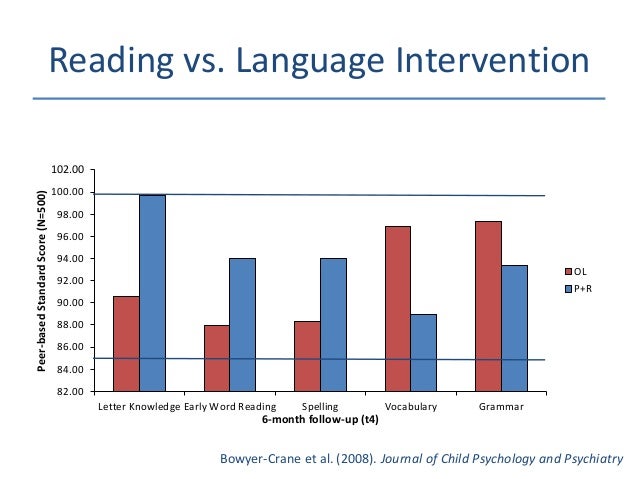

Eventually, when most of the code has been explicitly taught, students will be able to read regular, more authentic texts. Reading decodable text helps students build fluency and gain confidence as they become proficient with word-level reading. They are especially important for students with dyslexia (or any struggling reader) because they provide reading practice using the knowledge of letter-sounds that are taught explicitly in a scaffolded approach. Using decodable text in the earlier stages of literacy instruction ensures that a student has the skills to read without guessing. And in the word ‘ school’, the grapheme represents /k/. For example, to successfully decode the word “ pencil” a child needs to know that the letter represents the /s/ sound when it comes before the letters, or. Many words in early leveled readers require advanced decoding skills. Often predictable and repetitive sentences are used to help students guess the correct words (e.g. With leveled readers, children are taught to rely on cues in the text or accompanying pictures to guess unknown words, and/or memorise a list of the most common words found in print.

leveled readersĭecodable text is quite different from ‘leveled readers’ which are used by many reading programs. It is important that the decodable text closely matches the sequence of instruction in letter-sounds, morphemes, phonetically irregular words, syllable types and spelling patterns that are taught throughout a structured literacy program, especially for struggling readers. The consonant blends are often very challenging for students with dyslexia and require lots of reading practice which decodable books can offer. ,, ) and consonant blends, such as ‘ trip’, ‘ glad’, ‘ca mp’, and some common suffixes (,, , ). This is usually followed by words that include digraphs (eg.

Words like ‘any’, or ‘water’ would not be included because they include other pronunciations of the letter that have not been taught yet. This teaching technique results in minimum frustration-and maximum success, leading not only to an improvement in reading skills, but a sense of mastery and self-esteem.At this stage, decodable text provided for reading practice would only include those letter-sounds and CVC patterns, such as “ The rat bit the pig. Each lesson offers children with the practice needed to develop word recognition and fluency, while teachers model comprehension strategies to understand fiction and non-fiction text. Concepts are taught directly and explicitly in a specific sequence, with immediate teacher feedback. The PAF Reading Program provides children with the building blocks they need to develop a solid reading foundation critical for becoming proficient readers.


 0 kommentar(er)
0 kommentar(er)
